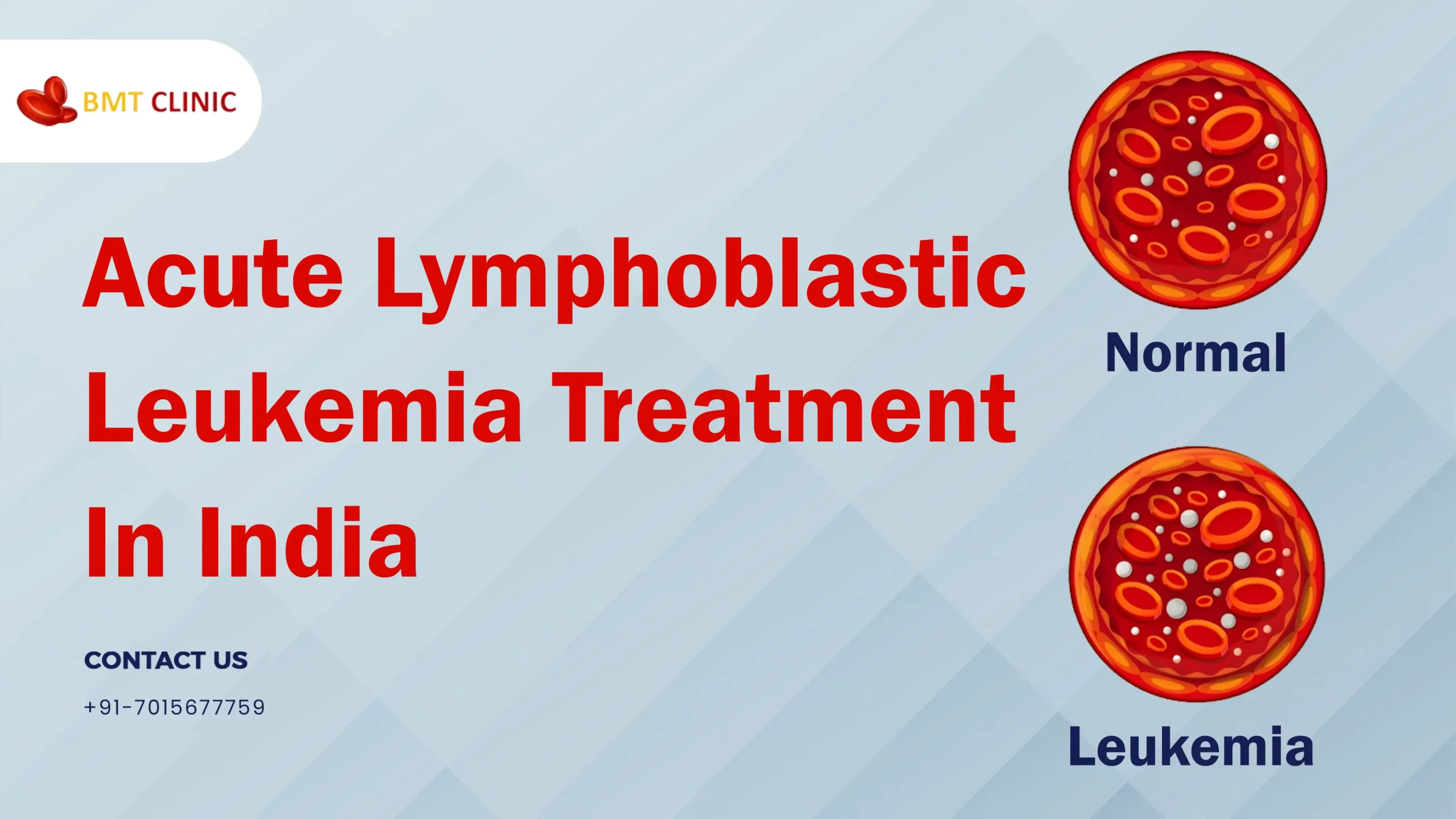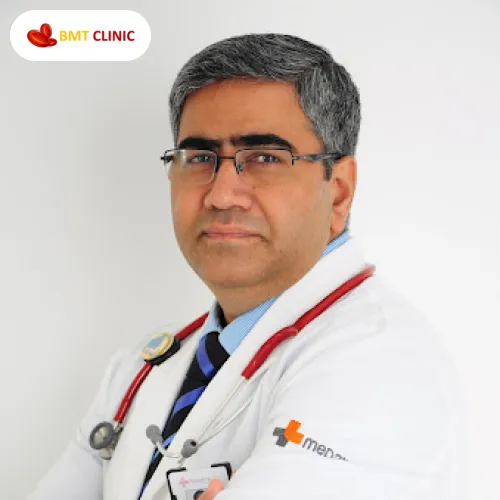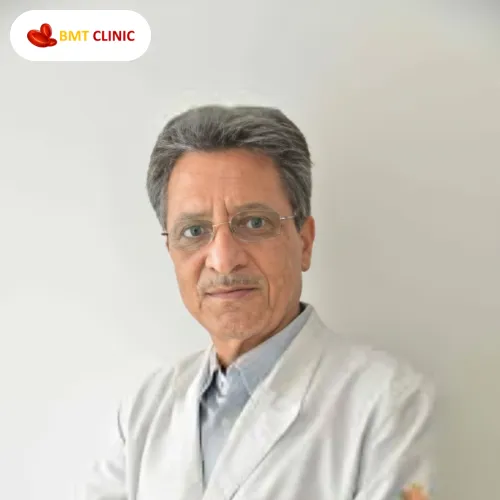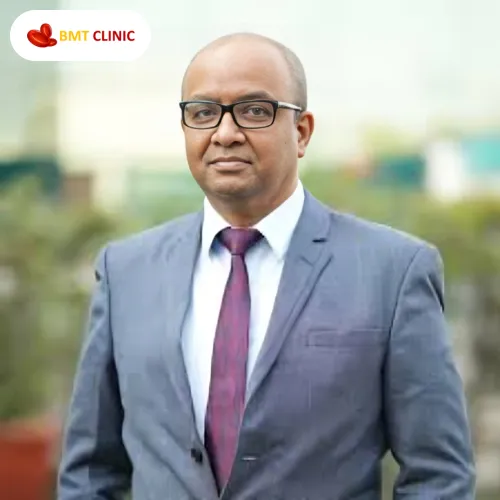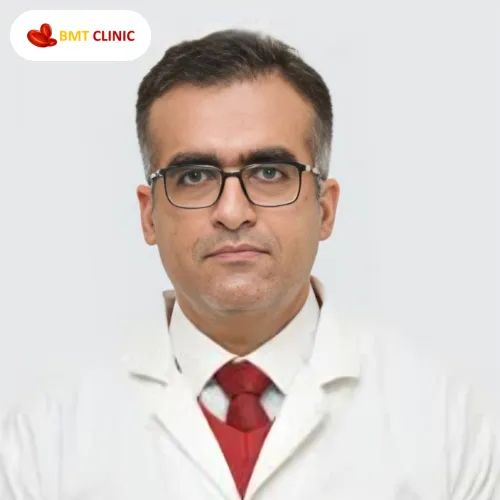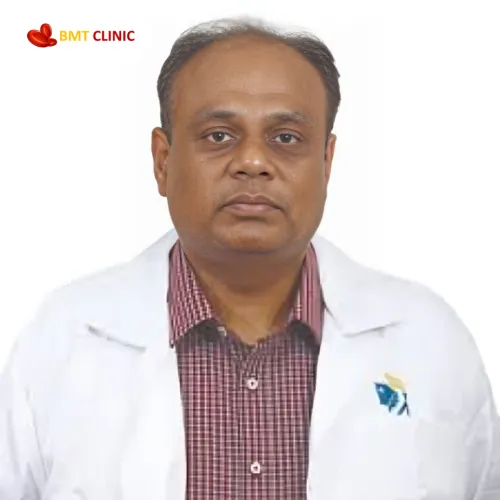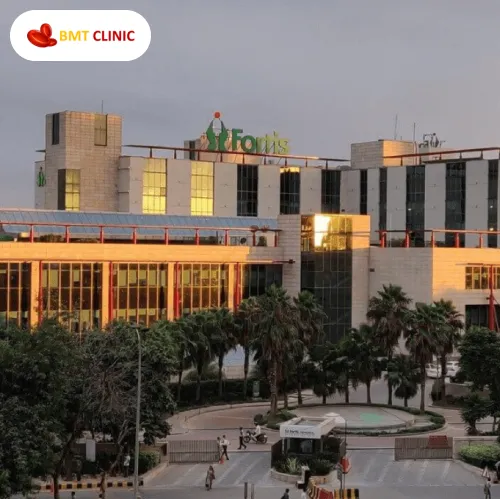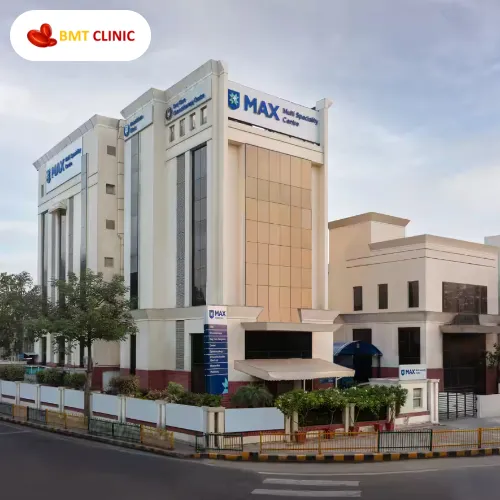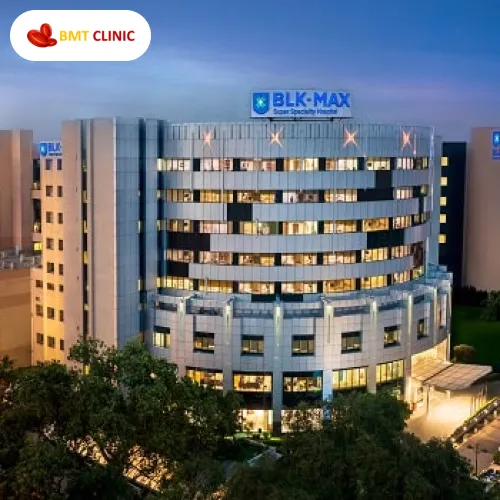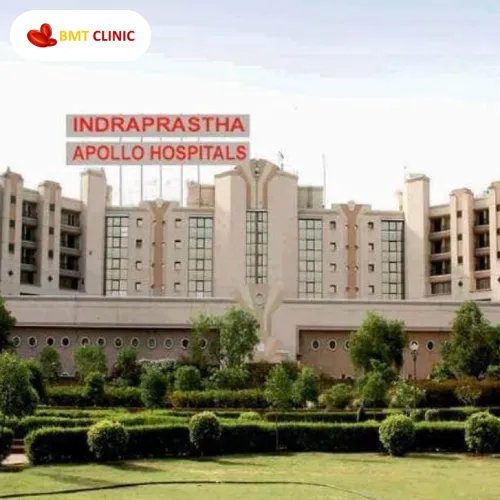The term “acute” refers to the fast progression of acute lymphocytic leukemia (ALL), which produces immature blood cells instead of mature ones. In acute lymphocytic leukemia, the term “lymphocytic” describes the white blood cells known as lymphocytes. Another name for acute lymphoblastic leukemia is acute lymphocytic leukemia.
It is the most common cancer in children, which has a good chance of recovery with treatment. Adults can also develop acute lymphocytic leukemia, though there is much less hope for a recovery.
An Overview of Acute Lymphoblastic Leukemia
Acute lymphoblastic/lymphocytic leukemia, or ALL, is a bone marrow and blood cancer. White blood cells are affected, which are necessary for your body to fight infection. It is the most prevalent kind of cancer in children, though it can strike adults as well. Compared to adults, children have a far higher chance of recovering from ALL.
Cause of Acute Lymphoblastic Leukemia
This condition occurs when a bone marrow cell experiences modifications (mutations) in its DNA or genetic material. Normally the cell divides at a specific rate and dies at a specific time as per the instruction of DNA. However, the mutation will cause the bone marrow cell to keep proliferating and dividing.
The production of blood cells spirals out of control at this point. The bone marrow generates immature cells known as lymphoblasts, which mature into leukemic white blood cells. These aberrant cells can proliferate and displace healthy cells because they are unable to perform their normal functions. The source of the DNA mutations that can result in acute lymphocytic leukemia is unknown.
Symptoms Of Acute Lymphoblastic Leukemia
Common signs and symptoms shown by acute lymphoblastic leukemia are:
- Bleeding in the gingiva
- Lumps brought on by enlarged lymph nodes in the groin, armpits, abdomen, and neck
- Bone aches
- Recurring infections
- Severe or frequent nosebleeds
- Fever
- Pale skin
- Breathing difficulties
- Weakness, exhaustion, or a general decline in vitality
Risk Factors of Acute Lymphoblastic Leukemia
Some factors increase the chances of developing acute lymphoblastic leukemia. They are
- Prior cancer therapy – Individuals who have received specific forms of chemotherapy and radiation therapy for other cancer types may be more susceptible to acute lymphocytic leukemia in children and adults.
- Radiation exposure – Individuals who have experienced extreme radiation exposure, such as those who have survived a nuclear reactor accident, are more likely to develop the disease.
- Genetic disorders – The cancer is linked to a higher risk of certain genetic disorders, such as Down syndrome.
Diagnosis
The following examinations and procedures are used to diagnose acute lymphocytic leukemia:
- Blood examinations – Blood tests may show that there are insufficient red blood cells, platelets, or white blood cells, either in excess or insufficient. It also detects the presence of blast cells, immature cells typically found in the bone marrow
- Bone marrow test – A sample of bone marrow is taken from the hipbone or breastbone using a needle during a bone marrow aspiration and biopsy. The sample is sent to a laboratory for analysis to detect leukemia cells.
- Imaging tests – Imaging tests like an X-ray, CT scan, or ultrasound will help to find out if cancer has spread to the brain, spinal cord, or other parts of the body
- Spinal fluid examination – Spinal fluid, which surrounds the brain and spinal cord, can be sampled using a lumbar puncture test, also known as a spinal tap. To determine if cancer cells have permeated the spinal fluid, the sample is examined.
Treatment of Acute Lymphoblastic Leukemia
There are various treatment options available for ALL. Among the possible treatments are:
- Chemotherapy – It uses medications to kill cancer cells and is often used as an induction therapy. It can also be utilized during the consolidation and maintenance stages.
- Targeted therapy – Treatments with targeted drugs concentrate on particular abnormalities found in cancer cells. Cancer cells can be killed by targeted medication treatments that block these abnormalities. Your leukemia cells will be determined to see if you would benefit from the therapy. For induction, consolidation, or maintenance therapy, targeted therapy can be used either by itself or in conjunction with chemotherapy.
- Radiation therapy – High-powered beams, like protons or X-rays, are used in radiation therapy to destroy cancer cells.
- Bone marrow transplant – It is also known as stem cell transplant. By substituting leukemia-free bone marrow from a healthy individual for leukemia-ridden bone marrow, this procedure enables a leukemia patient to regain healthy bone marrow.
To eliminate any bone marrow that could cause leukemia, high doses of radiation or chemotherapy are administered before a bone marrow transplant. After that, bone marrow from a compatible donor is used to replace the marrow (allogeneic transplant).
The treatment of Acute Lymphoblastic Leukemia can be divided into different stages such as
- Induction therapy – It is the first stage of treatment. It aims to return normal blood cell production while eliminating the majority of leukemia cells found in the bone marrow and blood.
- Consolidation therapy – This stage of treatment, also known as post-remission therapy, aims to eradicate any leukemia that may still be present in the body.
- Maintenance therapy – It is the third stage of treatment to stop the regrowth of leukemia cells. In this stage, the treatments are typically administered over an extended period, often years, at much lower doses.
- Interventional spinal cord therapy – To eradicate leukemia cells situated in the central nervous system, patients with acute lymphocytic leukemia might undergo extra treatment during each stage of their treatment. Chemotherapy medications are frequently injected directly into the spinal cord fluid during this kind of treatment.
The phases of treatment for acute lymphocytic leukemia can take two to three years, depending on the patient’s circumstances.
Acute Lymphoblastic Leukemia Treatment Cost in India
Acute lymphoblastic leukemia treatment cost in India starts from INR 3,33,000 (4000USD), which is relatively lower compared to many Western countries. This makes it a cost-effective option for patients seeking quality care. Opting for acute lymphoblastic leukemia treatment in India can be advantageous for several reasons. India boasts world-class medical facilities and highly skilled oncologists who adhere to international treatment protocols. The combination of expertise, affordability, and advanced medical infrastructure makes India a compelling destination for ALL treatments.
Factors That Can Affect Acute Lymphoblastic Leukemia in India
Like all other places, several factors affect acute lymphoblastic leukemia treatment cost in India. Some of the common factors are:
- Hospital treatment protocols
- Individual patient requirements
- Expenses in the diagnostic tests
- Treatment sessions
- Additional care
- Requirement of specialized treatments
Generally, government hospitals often provide subsidized rates, making treatment more affordable. Private healthcare facilities may incur higher expenses. The cost will also escalate if you require specialized treatments like stem cell therapy or targeted therapy.
Best Acute Lymphoblastic Leukemia Treatment Hospitals in India
1. Medanta Hospital, Gurgaon
2. Fortis Memorial Research Institute, Gurgaon
3. Indraprastha Apollo Hospital, New Delhi
4. Artemis Hospital, Gurgaon
5. Apollo Hospitals, Greams Road, Chennai
6. Global Hospitals, Chennai
7. Kokilaben Dhirubhai Ambani Hospital, Mumbai
8. BLK Super Specialty Hospital, New Delhi
9. Amrita Hospital, Faridabad
10. Apollo Gleneagles Hospital, Kolkata
How Can BMT Clinic Help You To Find A Treatment?
The esteemed BMT organization is committed to assisting those in need of support in locating medical care. We can help if you are concerned about your health but are unsure about where to get treatment. We can give you a list of the top physicians because we have connections to the most reputable hospitals across the globe. Give us a call and we will be there to assist you at every stage if you need assistance setting up an appointment, obtaining a medical visa, or planning a trip.

